Hydrangea in need.
kenfl1
13 years ago
Related Stories
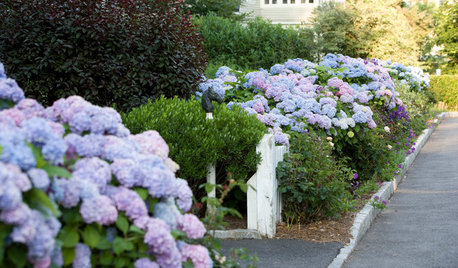
FLOWERSWhy You Should Give Hydrangeas a Place in Your Yard
The exuberant mop-headed beauties evoke dreams of an endless summer by the sea
Full Story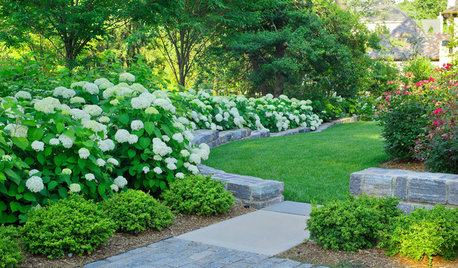
FLOWERS AND PLANTSHydrangea Arborescens Illuminates Garden Borders and Paths
This long-blooming eastern North American native shrub finds a home in landscapes around the world
Full Story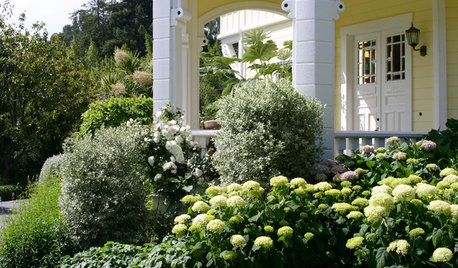
GARDENING AND LANDSCAPINGHave a Ball With Hydrangeas
Even if you don't tinker with the hue by changing the soil, hydrangeas have an entertaining range of uses in all kinds of landscapes
Full Story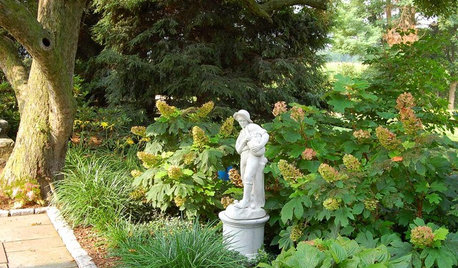
GARDENING GUIDESGreat Design Plant: Oakleaf Hydrangea
Consider this full, flowering shrub for year-round beauty in the garden as you plan your fall plantings
Full Story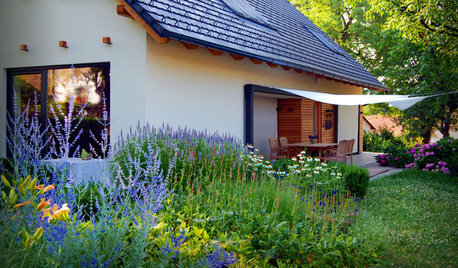
LANDSCAPE DESIGNRelish the Romance of a Slovenian Garden
Dappled with coneflowers and bursting with hydrangeas, a romantic European garden near the Julian Alps inspires enchantment
Full Story
GARDENING GUIDESCalifornia Gardener's June Checklist
Update your hydrangeas, catch up on tomatoes and more ways to enjoy your California garden in June
Full Story
HOUZZ TOURSMy Houzz: Peek Inside an Artist’s Updated Shotgun Home and Studio
Gorgeous art and elegant style befit this New Orleans live-work property
Full Story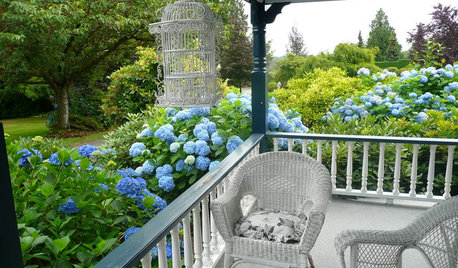
GARDENING GUIDESSummer Gardens Sing With Blues
When hot weather hits, bursts of blue keep the garden palette cool and calm
Full Story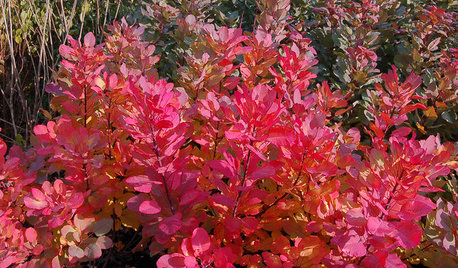
GARDENING GUIDESWhat to Plant for Autumn Color in Mild-Winter Gardens
These shrubs and trees put on a beautiful fall show without the big chill of colder regions
Full Story
LANDSCAPE DESIGNThe 7 Best Plant Types for Creating Privacy and How to Use Them
Follow these tips for using different kinds of plants as living privacy screens
Full Story






kenfl1Original Author
luis_pr
Related Professionals
Lowell Landscape Architects & Landscape Designers · Redondo Beach Landscape Architects & Landscape Designers · Saint Louis Park Landscape Architects & Landscape Designers · Bethlehem Landscape Contractors · Arden-Arcade Landscape Contractors · Fort Wayne Landscape Contractors · Fridley Landscape Contractors · Golden Landscape Contractors · Laguna Hills Landscape Contractors · Peoria Landscape Contractors · Waterford Landscape Contractors · West Palm Beach Landscape Contractors · Wheat Ridge Landscape Contractors · Wilton Landscape Contractors · Riverside Siding & Exteriors